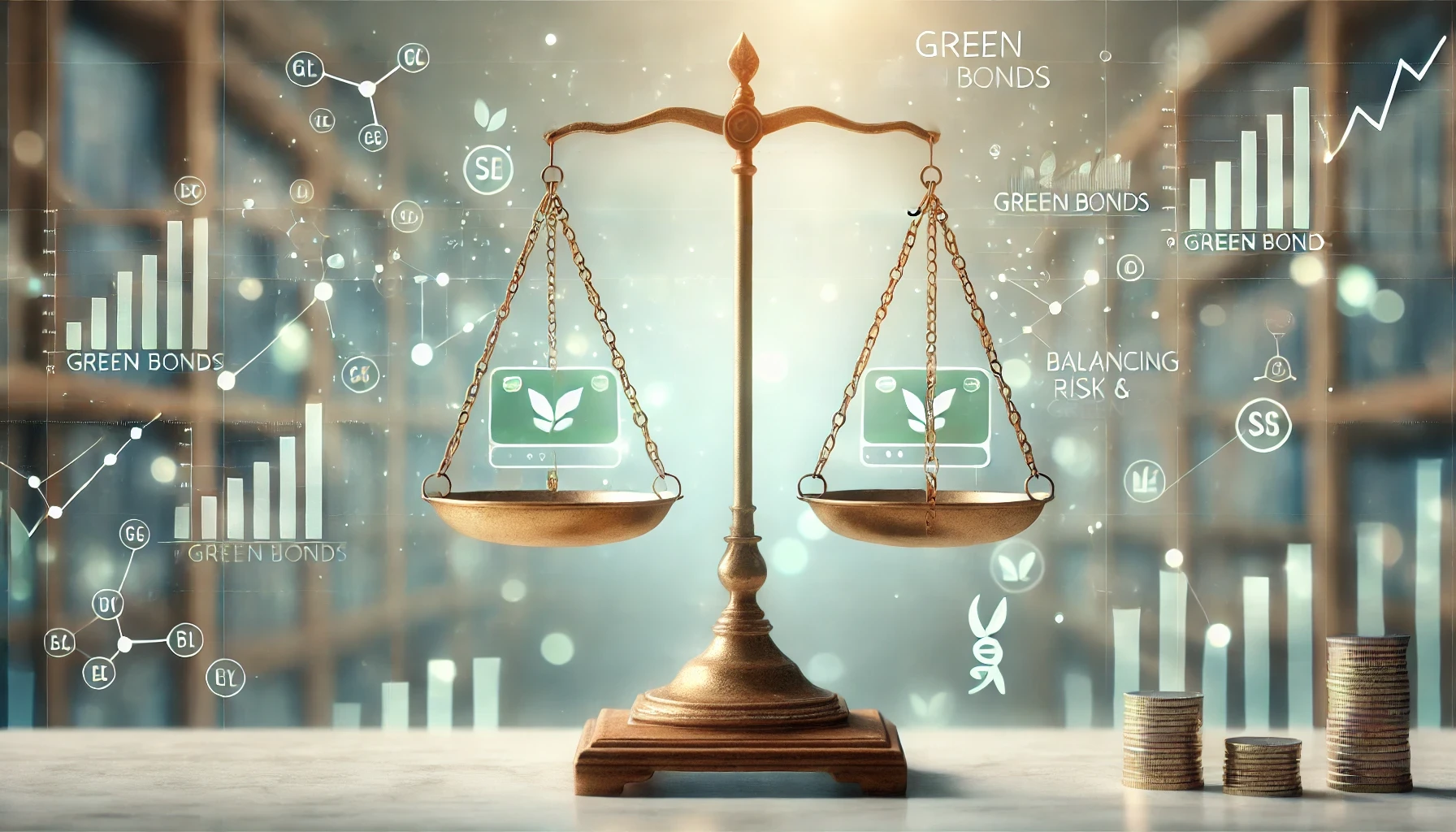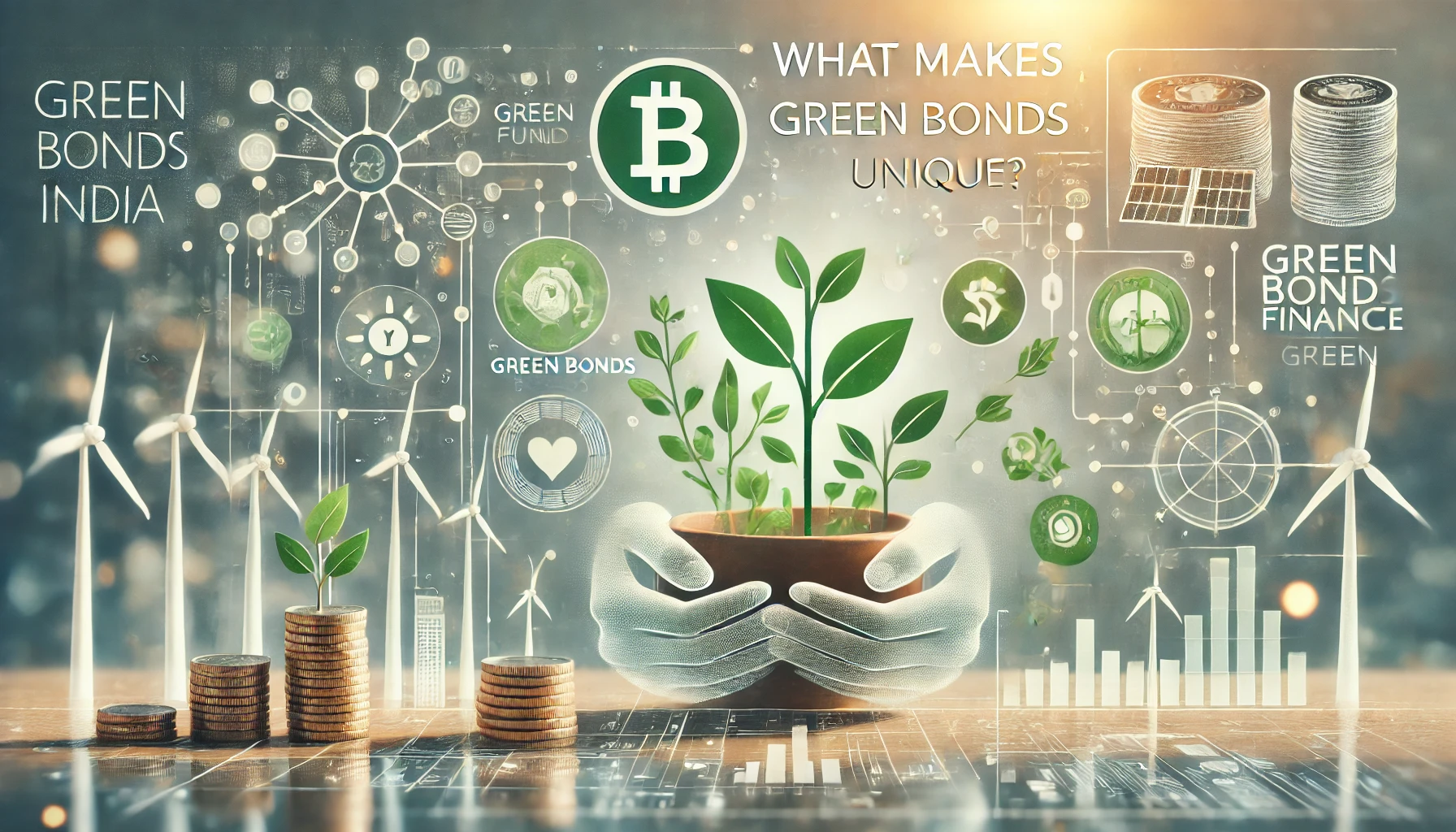Green bonds have emerged as a popular investment vehicle for those looking to align their portfolios with sustainable development goals. As the green bond market continues to grow, understanding how to balance the risks and rewards associated with these investments is crucial. This post will guide you through the key considerations for managing risk while optimizing returns in green bond investing.
1. Understanding the Risks in Green Bond Investing
Like any investment, green bonds come with their own set of risks that investors must consider:
1. Credit Risk:
Credit risk refers to the possibility that the bond issuer may default on its payments. Green bonds are often issued by sovereign entities, municipalities, or corporations, each with varying levels of creditworthiness. Assessing the credit risk of the issuer is essential to mitigating potential losses.
2. Market Risk:
Market risk involves the potential for the value of green bonds to fluctuate due to changes in interest rates, economic conditions, or investor sentiment. For instance, if interest rates rise, the value of existing bonds typically falls, which can impact the market price of green bonds.
3. Greenwashing Risk:
Greenwashing occurs when a bond is marketed as green but does not genuinely contribute to environmental sustainability. Ensuring that the bonds you invest in meet recognized standards and have undergone rigorous certification is key to avoiding this risk.
For a deeper understanding of market integrity and standards in green bond investing, refer to our post on Market Integrity: Principles & Standards.
2. Evaluating the Rewards of Green Bond Investing
Green bonds offer several rewards that make them an attractive addition to a diversified investment portfolio:
1. Financial Returns:
Green bonds provide fixed income returns similar to traditional bonds, making them a stable investment choice. They often appeal to institutional investors looking for long-term, steady returns.
2. Environmental Impact:
One of the primary benefits of green bonds is the positive environmental impact they support. By financing projects in renewable energy, energy efficiency, and sustainable infrastructure, green bonds allow investors to contribute to the fight against climate change while earning a return on their investment.
3. Portfolio Diversification:
Green bonds offer a way to diversify your investment portfolio with assets that are not directly correlated with equity markets. This can help reduce overall portfolio risk, particularly in volatile market conditions.
For more insights on building a diversified sustainable investment portfolio, check out our post on How to Build a Diversified Sustainable Investment Portfolio.
3. Strategies for Balancing Risk and Reward
Successfully balancing risk and reward in green bond investing requires a thoughtful approach. Here are some strategies to consider:
1. Conduct Thorough Due Diligence:
Before investing in green bonds, it’s crucial to research the issuer’s creditworthiness and the specific projects being financed. Look for bonds that have been certified by reputable third-party organizations to ensure they meet environmental standards.
2. Diversify Your Green Bond Holdings:
Just as with any other type of investment, diversification is key to managing risk. Consider investing in a mix of green bonds from different issuers, sectors, and geographic regions to spread risk.
3. Monitor Market Conditions:
Stay informed about interest rate trends, economic indicators, and changes in government policies that could affect the value of your green bond investments. Regularly reviewing and adjusting your portfolio in response to market conditions can help you maintain a balanced risk-reward profile.
4. Focus on Long-Term Impact:
Green bonds are often tied to long-term projects that deliver environmental benefits over time. Investors with a long-term horizon may find that these bonds provide both financial returns and a sense of purpose by contributing to global sustainability goals.
Conclusion: Striking the Right Balance
Balancing risk and reward in green bond investing is about understanding the unique risks associated with these securities while also recognizing their potential for stable returns and positive environmental impact. By conducting thorough research, diversifying your investments, and focusing on long-term goals, you can build a green bond portfolio that aligns with both your financial objectives and your values.
At GreenBondsIndia.com, we provide the tools and insights you need to navigate the green bond market with confidence. Explore our resources and start building a balanced, sustainable investment portfolio today.





